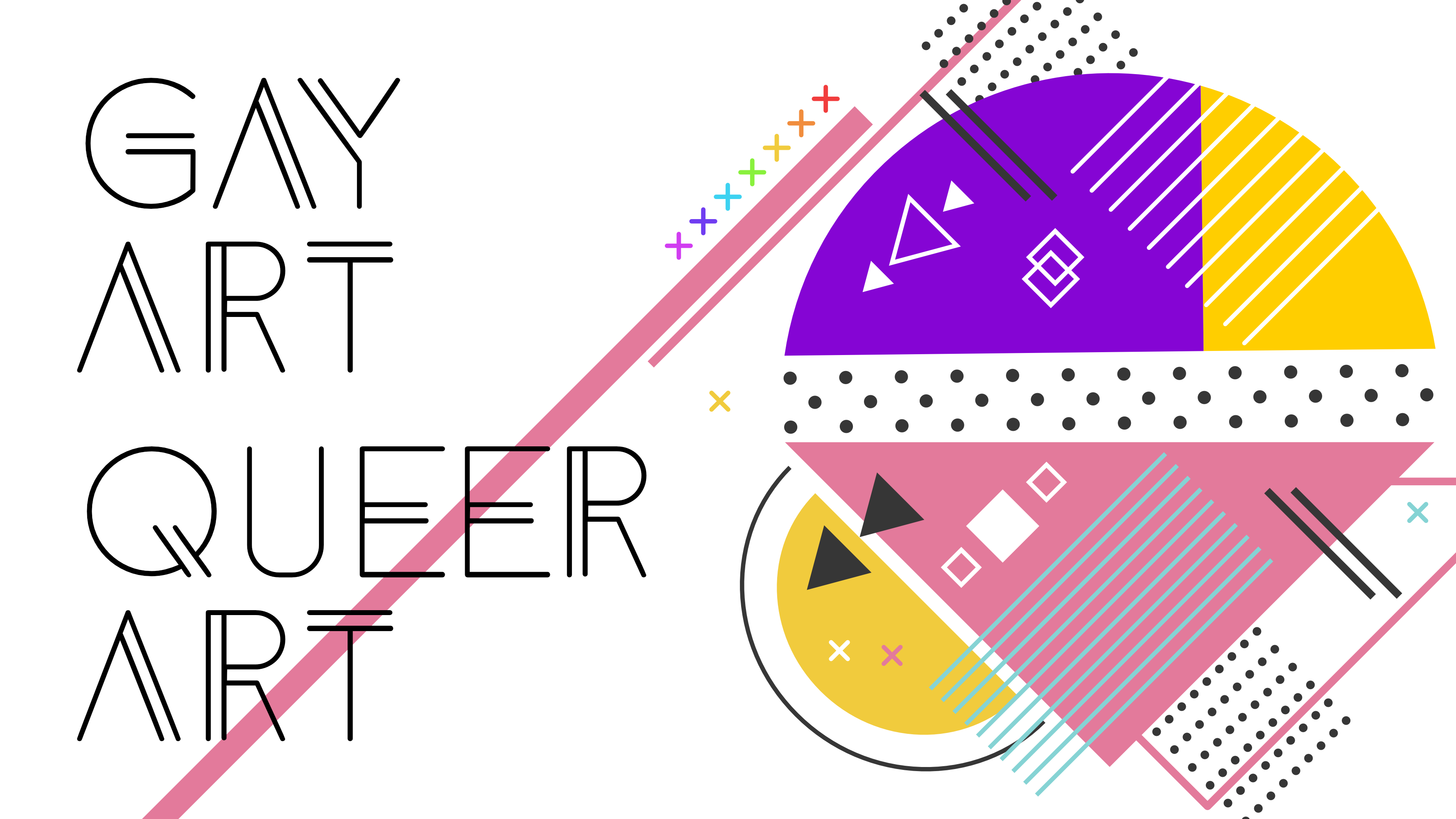Gay Art, Queer Art
by Siobhan Donegan
It has been my intention for some time to write an article on Gay Art which in a broader context has also been referred to as Queer Art. Very early examples of Gay homoerotic art, including poetry, can be found within the Greek culture of the ancient world. This culture not only considered male sexual attraction normal but even sanctioned same sex relationships. For anyone interested in this amazingly open minded culture, specifically on this subject, I can highly recommend reading Plato’s classic text ‘The Symposium’. Many homosexual images were often painted onto black background vases, many of which survive to this day as a testimony to this genre.
As hinted at above, there is also a broader definition to what I am referring to as exclusively as ‘Gay Art’ which is ‘Queer Art’ which can be categorized as LGBT and Art or even ‘Queer aesthetics’. Queer art is also an umbrella term which can refer to the art practices of LGBT individuals on an international scale. However, the term Queer being reclaimed in a positive context emerged from outside specifically artistic circles, and in fact was part of the historical developments of gender and identity politics of the USA.
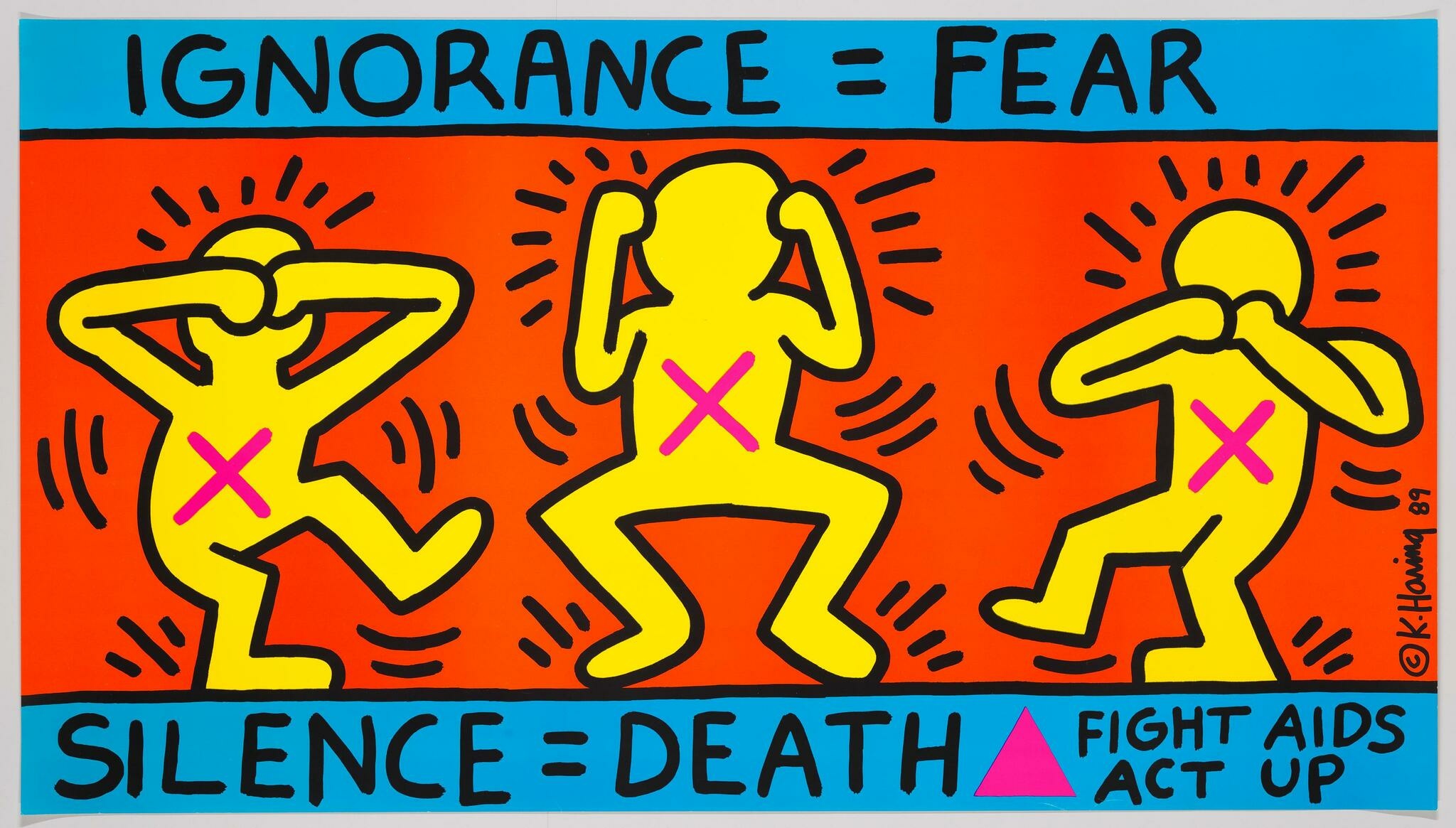
Queer art as such can draw on the modern visual art practices of gay, lesbian, bi-sexual and transgender individuals. Contempory Queer art however, cannot be defined-categorized in one medium or ‘style’ as it can be expressed in multi-media outlets such as performance art, video art, mixed media and of course the more traditional drawing painting and sculpture.
Queer art has in fact manifested through multiple art ‘historical trajectories’ and Queer art can also be categorized generally in terms of ‘art and identity’. Within Gay-Queer art there has what could be termed as dialectic between two opposing factors; the necessity for concealment-within the context of coded references, this is Gay invisibility, and the desire for visibility, this is the movement towards the creation of representations of identity and experiences-because ‘none exist’.
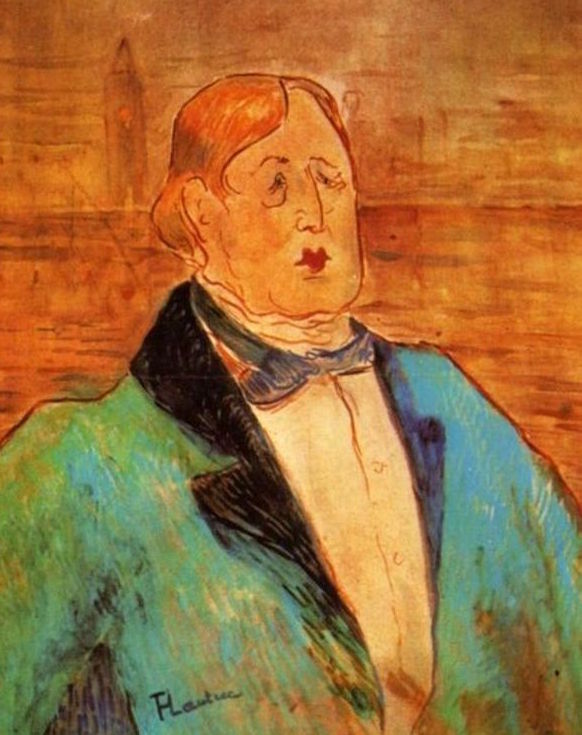
It is interesting to note that an artist doesn’t even have to be homosexual themselves in order to produce ‘Queer Art’. A good example of this is Henri de Toulouse Lautrec’s portrait of Oscar Wilde. Obviously Mr Wilde, who unfortunately was sent to prison in 1895 for two years, was a ‘Queer’ artist himself. Lautrec was able to produce a portrait of Wilde, as from the perspective of his disability and height he was able to sympathize with Wilde as he too was an ‘outsider’. According to Art Historian Richard Meyer this can be explained as, “Shifting constructions of desire and deviance have shaped Modern Art in ways that extend beyond sexual biography”.
Gay and sexual acts in England and Wales before 1861 were dangerous for those involved as they could lead to a conviction. As such references to homosexuality in art had to be hidden presumably in symbolism. Laura Cumming British Art critic, by successfully decoding such symbolism was able to explain it in art with classical themes, “Artists could paint Sapho embracing Erinna and David strumming Jonathan’s harp and speak surreptitiously to particular viewers”.
During the inter-war period there was a change in culture or cultural attitudes, including more acceptance of the gay community in artistic urban centres. Homosexuality was no longer perceived as wrong amongst literary groups in Paris and Berlin. The 1920’s saw ‘Speakeasies’ emerge in Harlem and Greenwich Village welcomed gay clients. There were similar developments in European Cafes and bars and also in Latin America, thus there was a step towards the integration of Gay men into mainstream culture.
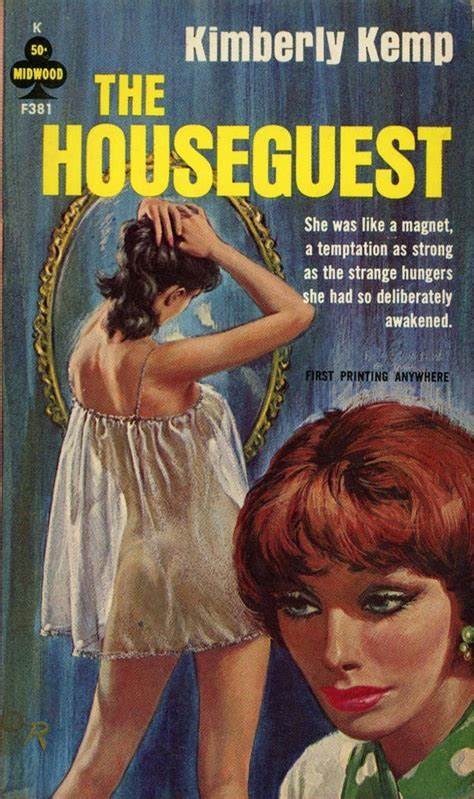 From the 1950’s and 60’s a form of popular art emerged on the covers of Lesbian Pulp novels. Such novels which often had ‘lucid’ colourful’ images-involving ‘visual innuendo’-‘knowing glances’ and a fair amount of skin on display, was considered at the time a type of code. This was during an era before the feminist and gay liberation movements and was thus the only way for women to enjoy books on lesbianism. The covers of such books with this sort of artwork have now understandably become sought after collectors’ items.
From the 1950’s and 60’s a form of popular art emerged on the covers of Lesbian Pulp novels. Such novels which often had ‘lucid’ colourful’ images-involving ‘visual innuendo’-‘knowing glances’ and a fair amount of skin on display, was considered at the time a type of code. This was during an era before the feminist and gay liberation movements and was thus the only way for women to enjoy books on lesbianism. The covers of such books with this sort of artwork have now understandably become sought after collectors’ items.
It was in the aftermath of the Stonewall riots of 1969 that Gay and LGBT artists felt the confidence to create art about, for example, sexual identity. From a more objective perspective Art historians took on the task of recording-documenting-recuperating Queer LGBT Art that had previously been censored and basically written out of the history books; this intellectual movement has been referred to as the ‘politicization of sexuality’.
Having talked at some length about the subject of gay art I think it is important to mention some gay artists. A good example of Queer/Gay art is Jasper John’s ‘Monochrome encaustic’ White Flag of 1955. If one looks carefully at this painting one can see that John has ‘white washed’ the American Star Spangled Banner. This was John’s symbolic way of stating not just ‘homo-invisibility’ but also the fact that his voice would not be heard.
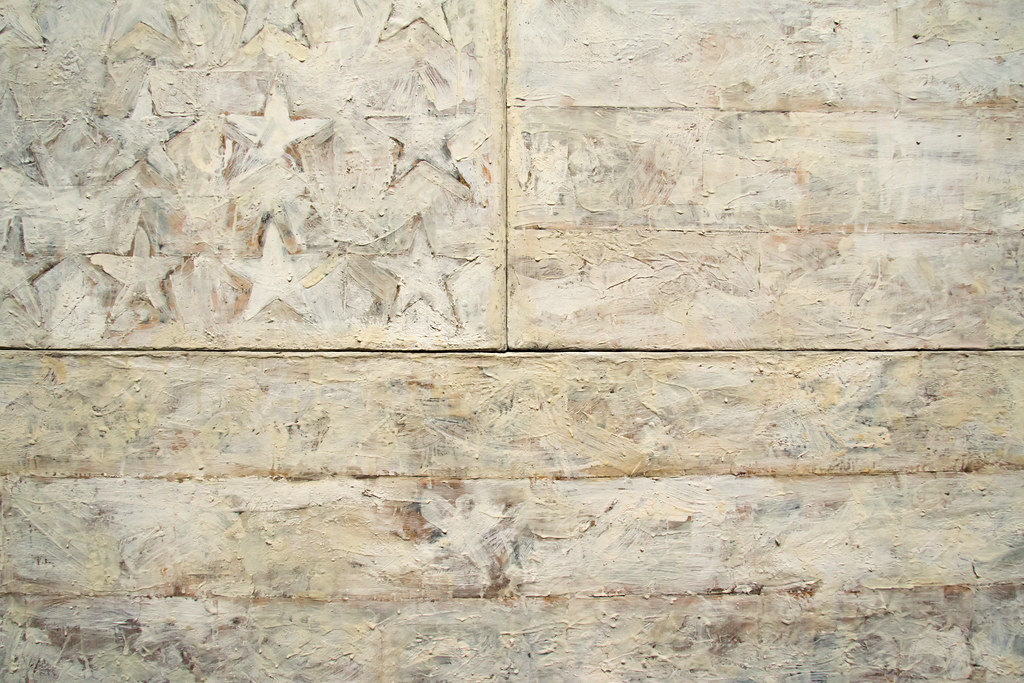
I thought this would be a suitable juncture whilst on the subject of ‘flags’ to mention the Rainbow Flag. The original rainbow Flag had eight colours, was hand dyed and was created by Gilbert Baker and his boyfriend Jomar Teng. Baker is optimistic and encourages the LGBT community to continue to develop the flag and in fact stated, “In my view the rainbow flag is unfinished”. Originally the different colours symbolized various concepts, such as healing, sunlight and nature. The Rainbow Flag now, having gone through many changes- being one of many versions- now has six colours, which basically symbolizes diversity and inclusiveness.
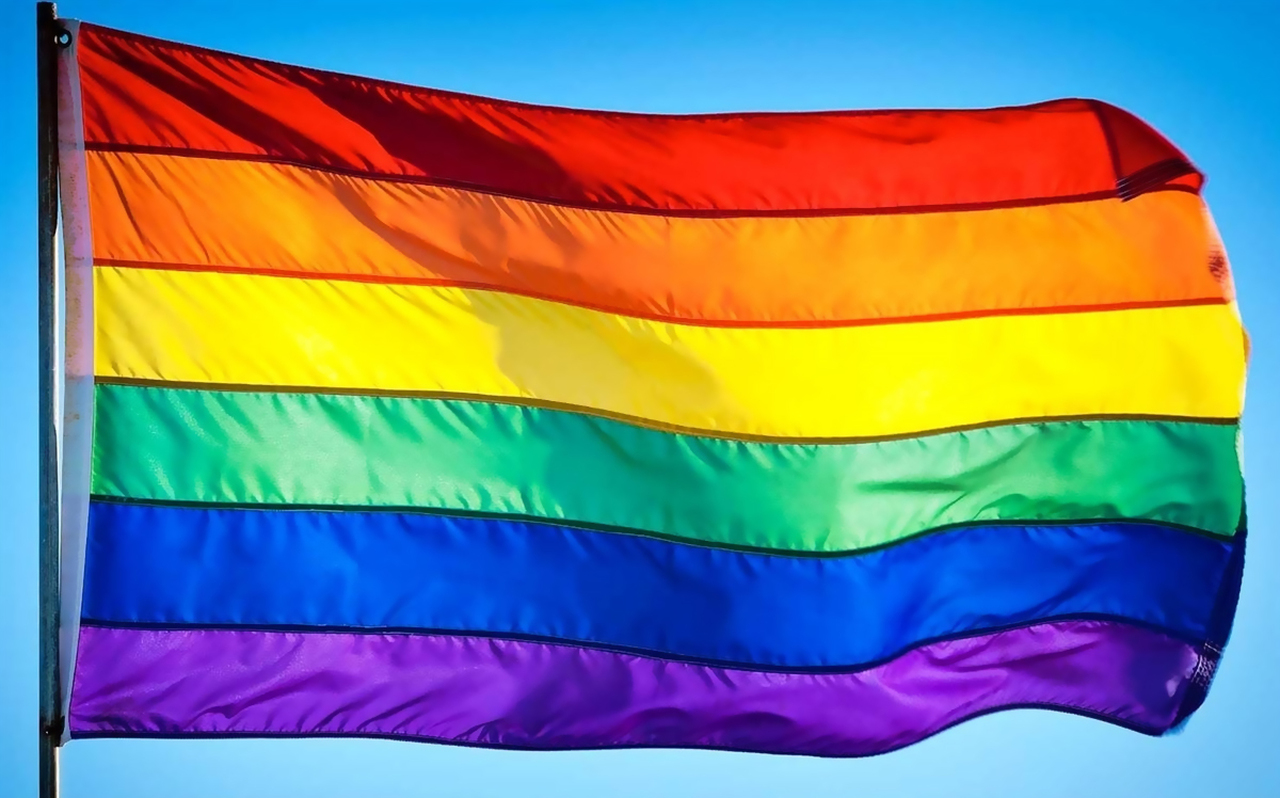
Another image that has been used at Pride festivals is the ‘Pink Triangle’. This is a symbol that has been reclaimed, but not by everyone, by the Gay community from the Nazi holocaust. During this era within the concentration camps homosexual prisoners were forced to wear the symbol of the pink triangle as a means of identifying them as gay. This symbol, as used by the Nazi’s was an inverted triangle however the symbol as used by the gay community is seen pointing upwards probably to give it a more positive aspect.
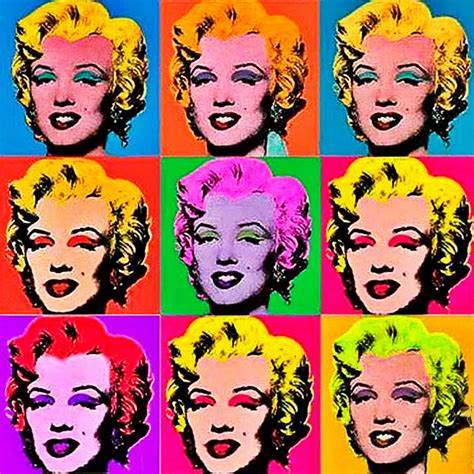
Probably one of the most famous gay artists that I have in fact previously written an article about is of course the iconic 1960’s Pop Artist Andy Warhol. He famously appropriated mainstream images such as photos of Elizabeth Taylor and Marilyn Monroe and gave them a ‘Queer twist’ by transforming them into Drag Queens.
The tradition of transforming mainstream heteronormative images into one with a queer aesthetic has been continued by contemporary artists like Alexander Glass a sculptor based in London; one example being his use of Locker rooms to explore gay male desire.
